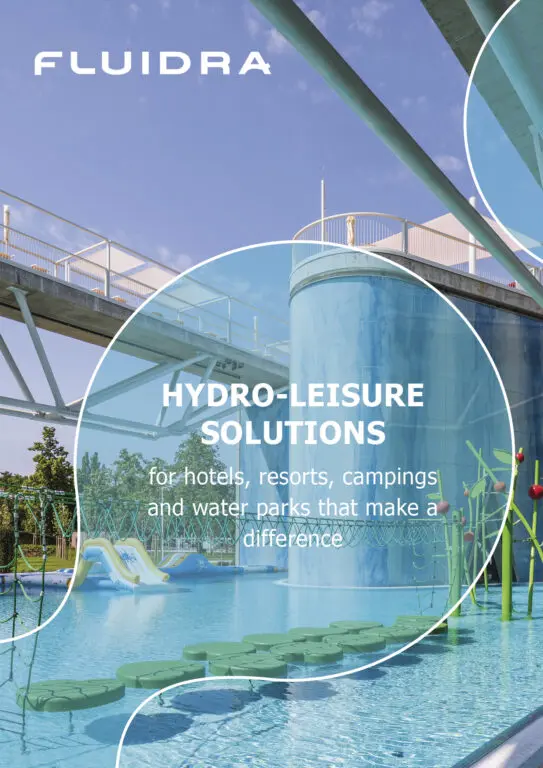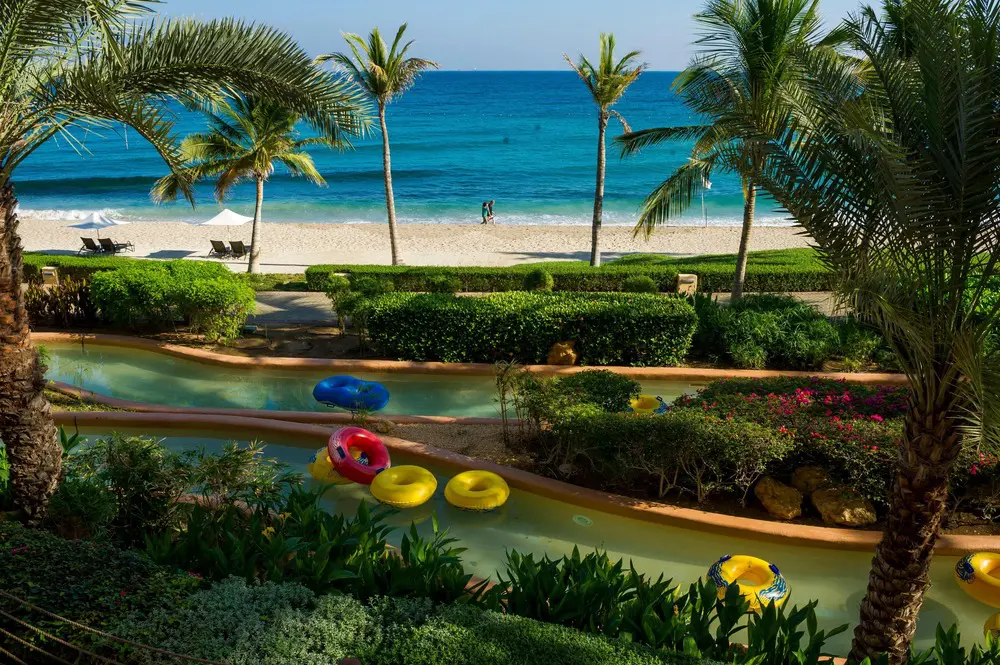
Various establishments such as waterparks, hotels, campgrounds, and resorts can reap significant benefits by integrating aquatic leisure pools into their offering, presenting a multitude of options for implementation beyond the usual slide pools. For example, introducing a lazy river or torrent river offers multiple benefits. Beyond their appeal to children, these features offer opportunities to create themed environments and infuse entertainment into spaces tailored more for adult patrons.
The incorporation of a serene, meandering lazy river can add a tranquil, naturalistic feature to an aquatic facility, attracting visitors seeking an entertaining but relaxing swimming experience. Meanwhile, the inclusion of a torrent river can cater to thrill-seekers, offering an exhilarating and rapid water adventure within the leisure area.
The addition of such feature grant pool operators a competitive advantage, distinguishing their offerings from competitors and creating new revenue streams via supplementary activities and services. Let’s look at the key features and design recommendations so that facilities can maximize the benefits of such features.
A favored aquatic amenity, the lazy river, is a prevalent feature at water park facilities targeted at both families and adults. Typically, it mimics a gentle, meandering and shallow river, offering guests a tranquil raft-glide experience. The mild current, facilitated by both the natural slope of the terrain and artificial pumps, maintains the leisurely flow.
Often, these scenic waterways might incorporate charming elements like small waterfalls along their edges. While some are linked to pools or wave pools, others form enclosed circuits, providing varied experiences and architectural features. These facilities can also benefit from planting, lighting, and other design elements to create a natural, organic feel.
An additional offering akin to the lazy river is the current channel . With depths typically ranging from 1 to 1.5 meters and widths no exceeding 3.0 meters, these channels simulate the movement of a gentle river. However, owing to their depth, they offer versatility for aquatic therapy, allowing swimming or walking against the current for added exercise and recreational benefit.
In contrast to these therapeutic or relaxation-oriented features, the torrent river offers a feature for thrill-seekers. Equipped with wave machines akin to those in wave pools, these rivers propel riders down their course at a swifter pace than the usual lazy river experience, creating an adventurous ride for raft-bound users.
Naturally, the speed and depth of your lazy river facility will depend on your target demographic. Whichever of these unique features suits your offering, there are design considerations to be taken into account. We’ll run through these next.
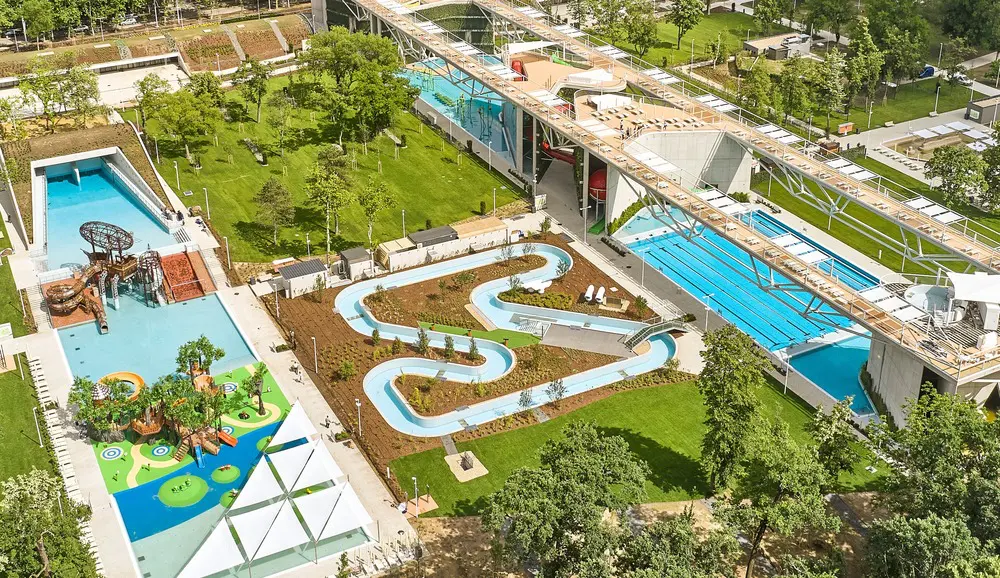
Despite the diverse appeal and growing popularity in the global hospitality and waterpark industry, lazy rivers pose design specific challenges. One such aspect is maintaining the velocity of the current; these elongated waterways must maintain a speed of 1 to 2 miles per hour and navigate curves without losing momentum.
The conventional setup of lazy river systems relies on larger versions of the pumps utilized in pools and spas. The potency of these pumps aligns with the river’s scale and capacity. Generally, the objective is to propel the river at a pace of 2 to 4 km/h. Variable frequency drives, a popular choice, grant designers and operators the flexibility to adjust water speed in specific areas as needed.
Water is introduced into the river through a network of jets or inlets strategically positioned throughout its course. One of the critical and challenging aspects is managing the flow around corners. Excessive speed can cause water to accumulate on the outer side, potentially leading to spillage, while sluggish movement risks stalling. The degree of curvature significantly influences the dynamics.
Water velocity, river depth, and width dictate the curvature limits. Typically, wider streams accommodate broader turns, especially at higher speeds. Introducing wall jets in the corners, alongside floor jets elsewhere, proves beneficial in maintaining the flow dynamics.
Safety stands as a primary concern in the design of a lazy river, especially considering their primary users, children. Opting for smooth, irregular shapes helps mitigate friction and potential safety hazards, although various other factors require consideration. Meanwhile, tiling the surrounding area slip-resistant materials serves to avert falls and injuries in surrounding areas.
Various production methods exist for crafting the channel itself. Ideally, fiberglass is the preferred material, enabling smooth sliding while preventing skin abrasions due to friction. The most reliable method to achieve this finish is Light Resin Transfer Moulding or L-RTM.
This method involves injecting resin between precisely fitting molds under light pressure within vacuum conditions. The process begins with placing fiberglass reinforcement in a dry mold, subsequently coated with a gel to achieve a clean, polished surface. L-RTM not only offers a sustainable and eco-friendly approach but also yields remarkable strength compared to traditional molding methods. Its attributes include flexibility and a glossy finish, enhancing the overall quality of the slides.
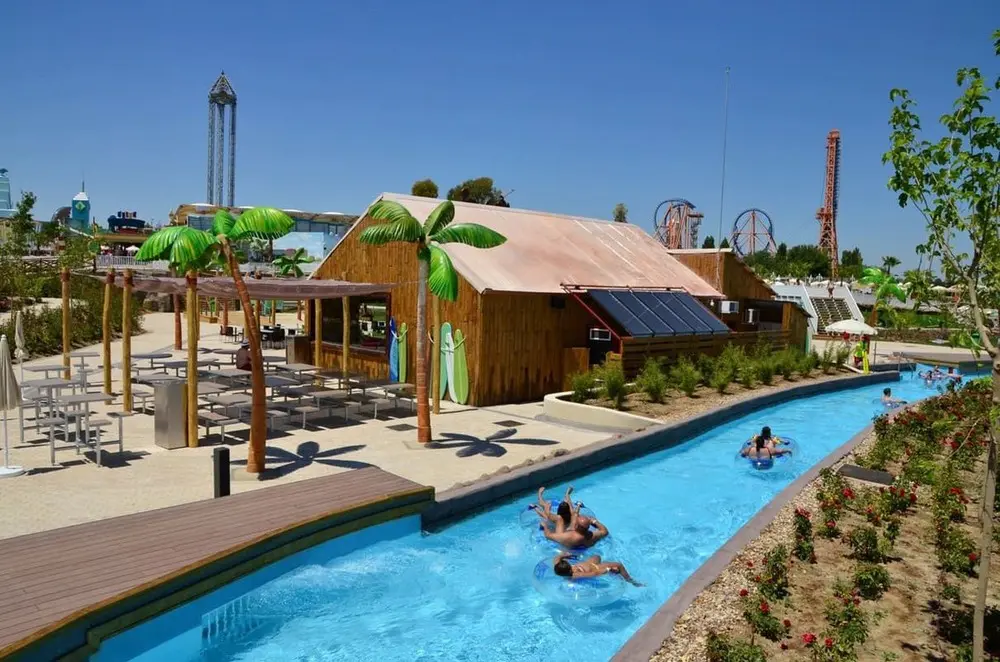
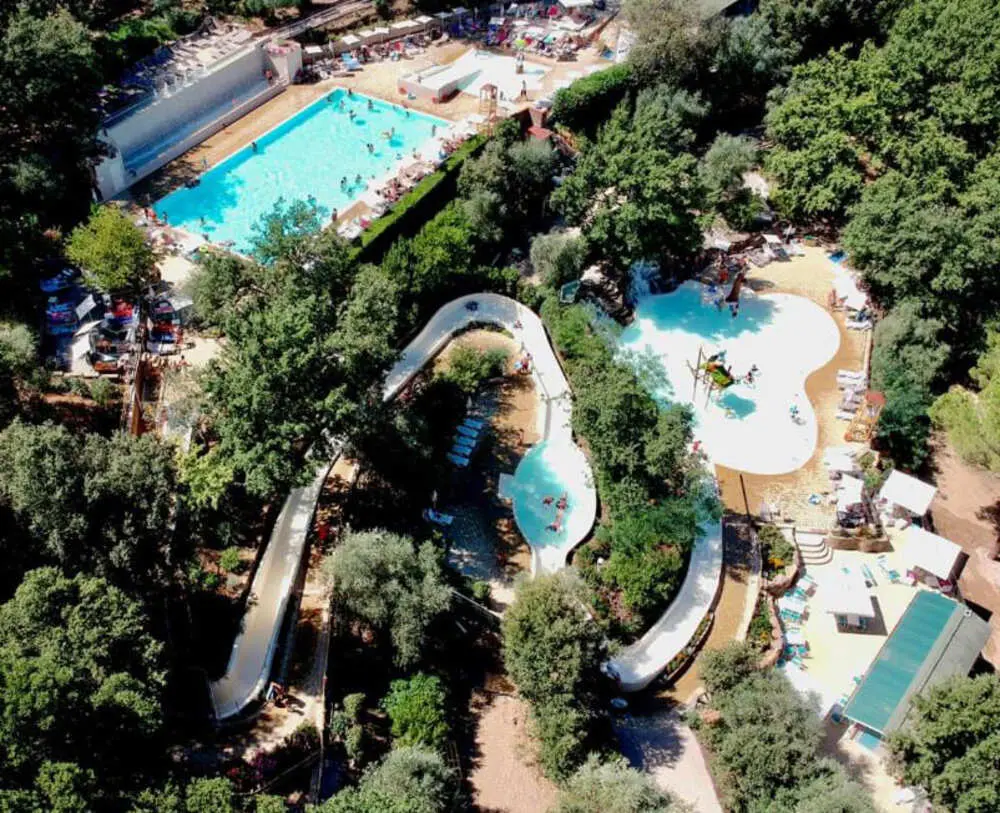
In summary, the integration of aquatic features such as lazy rivers and torrent rivers in hospitality venues offers multifaceted advantages. These amenities cater not only to children but also to adults, allowing for the creation of themed environments and diverse recreational experiences.
The design and implementation of these water features pose specific challenges, particularly in maintaining appropriate speed, managing flow dynamics around corners, and prioritizing safety measures for users, particularly children. However, with the right materials and design expertise, novel aquatic features can differentiate your facilities and generate new revenue streams through supplementary services.
